Opened on 8 July 1933, what’s become of the ex-Woolworths in Morden?
Regular readers will know that I always enjoy an obscure Woolworths anniversary, and today represents the 80th anniversary of the now-defunct chain opening its 498th store, at Morden in south-west London.
Step out of Morden Tube station – an attractive 1920s frontage bizarrely encased in an ugly ’60s office block – as I did back in March, and you could be forgiven for thinking that the Woolworths used to be almost opposite, in the handsome premises now occupied by Superdrug at 53-55 London Road. Superdrug, after all, took over a lot of surplus Woolworths sites in the late 1980s – such as Redruth, in Cornwall – when both businesses were under the ownership of Kingfisher.
In reality, however, Woolworths traded in Morden until the retailer’s 2008 collapse, having opened further along and on the opposite side of the street – at 6-12 London Road – on 8 July 1933. Though I couldn’t see any evidence of the telltale foundation stone, my immediate suspicion was that the present-day Superdrug may have been a Burton store, given its imposing frontage, its prominent position within the street, and the space for the customary ‘Burton – The Tailor of Taste’ lettering on that presently blank pediment.
This hunch seems to be confirmed by a 1940s postcard depicting that stretch of London Road, where lettering that could well be the traditional Burton logo is visible atop the building’s impressive façade.
In contrast to the prominent Burton shop, my perception is that the Woolworths site – located at the top end of the road near to the boundary of Morden Hall Park – would always have been somewhat peripheral within Morden town centre. That didn’t stop an extension to the store opening on 24 October 1936, however, which presumably accounts for the asymmetrical addition to the store’s right-hand side – the portion where the ‘Saam’s’ signage was when I visited.
That aside, the building has many of the architectural details that would identify it as a purpose-built 1930s Woolworths, including its division into five bays, and the central pediment above the (originally) symmetrical frontage.
The signature ’60s white-tiled columns and black granite stall riser are also a giveaway of the property’s former life as a Woolies, though part of the latter has been dismantled to facilitate the 4,920 sq ft ground floor’s division into several units – including a variety store, a barber, and an Asian ladieswear boutique – and to allow separate access to the upstairs ‘function hall’, presumably in what would have been the Woolworths stock room.
Both Tahir’s Boutique and Saam’s Function Hall could use one of my website MOTs, mind you, if they’re expecting their present rather rudimentary online presence to generate sales or drive footfall!
Looking at who now occupies the 807 sites that became vacant following Woolworths’ collapse, the former Morden store is interesting because it’s one of relatively few that’s occupied by local independents. Of the 230-plus stores that I’ve visited to date – nearly 30% of the overall estate – the number of independent retailers is in single figures, compared to 25 (and rising) Poundlands.
That’s not to say that others haven’t tried. Many attempts to create independent pound or variety stores with a Woolies-esque offer – such as those in Pinner, Dorchester or Wallsend – have ended in failure, with the premises now occupied by big chains (in these cases, WHSmith, Poundland and Heron Foods respectively).
In other locations, independent operations – such as the quirky Clifton Bazaar in Bristol, which I visited in 2011, and is now a Sainsbury’s Local – have also made way for multiples, seemingly on the basis of commercial decisions by building owners or landlords.
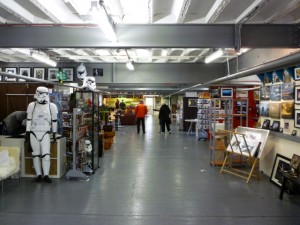
‘The Loft’ at Clifton Bazaar (now closed), in the former stockroom of the Clifton ex-Woolworths, Bristol (22 Feb 2011)
The fact that so few latter-day Woolworths locations are now occupied by independents demonstrates both the appeal of the Woolies store estate to other multiples and the difficulty for indies of competing in a discount variety space that is so well populated with successful (and still-expanding) chains.
However, with a distinctive, diverse retail and service offer that’s tailored towards the local population, and a somewhat off-pitch location – among betting shops, takeaways, pawnbrokers and other independents – that’s unlikely to appeal to the big names, the new occupants of Morden’s Woolworths may have the necessary ingredients to buck the trend, even if their online marketing still has plenty of room for improvement.
My retail consultancy business, CannyInsights.com, provides bespoke place- and sector-specific market insight, including coverage of London. It also works with retailers nationwide to improve their stores, online marketing and market knowledge. For more information, visit www.cannyinsights.com, drop me an email, or give me a call on (0191) 461 0361.


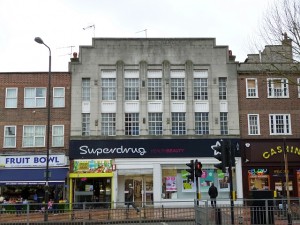

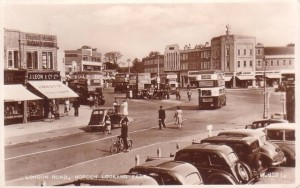



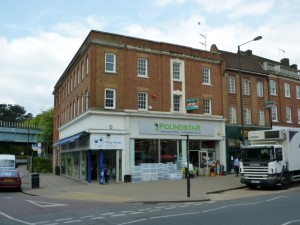
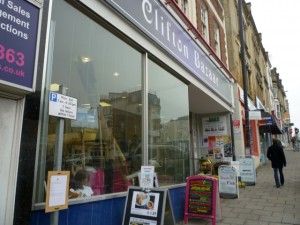

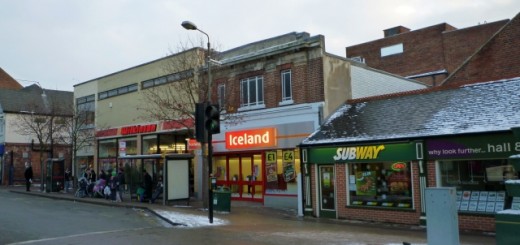







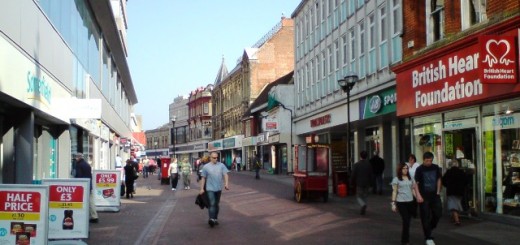
The pillars outside of the Morden Woolworths were originally cylindrical columns, these were bizarrely boxed over in the late 80s. If you were to hit the columns hard enough, you’d find the original ones under there.
Thank you for such another informative and enjoyable article. Already looking forward to the next one!
Thanks Stuart! :)